Gardening Mistakes That Make Your Landscape Look Messy, According To Experts
Don't let your outdoor spaces make a bad impression!
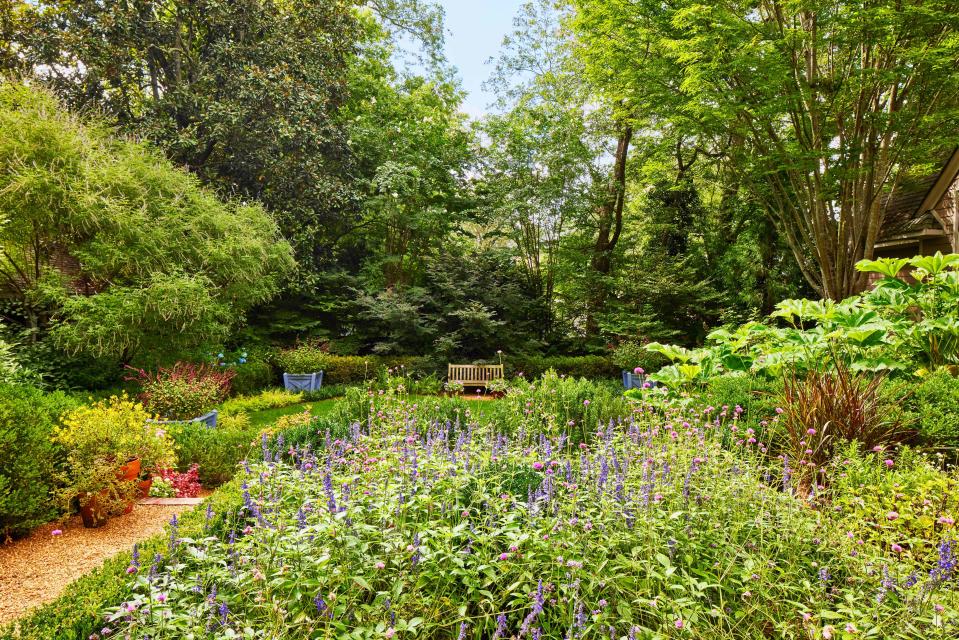
HECTOR MANUEL SANCHEZ; styling by BUFFY HARGETT MILLER
First impressions start before guests even walk through the front door, which means having your landscape shipshape is of the utmost importance. Even if you’re following the lazy lawn trend for a more natural and less manicured yard approach, there are still a few gardening tips to keep in mind. We called on landscape design and garden experts to share their tips on how to avoid messy-looking outdoor spaces. These are their 12 gardening mistakes to avoid, plus a few suggestions to follow for a stunning landscape.
Related: 15 Common Gardening Mistakes You Should Avoid
Meet Our Expert
Adam Millhouse is the co-founder of Millhouse Howell, a Birmingham, Alabama, landscape design company with a mission to craft spaces that complement their surrounding landscape
Linda Vater is a self-taught gardening expert, stylist, and garden blogger and writer (@potagerblog)
Crowded Beds
Plan for the size your plants will be once they’re fully grown, not just their scale at the time of planting. “Think about how plants will grow in,” advises Adam Millhouse of Millhouse Howell. “Overcrowding [when planting] can lead to ‘re-doing’ [the area] down the road.”
It’s a good rule of thumb to allow room for everything to flourish. “Give plantings room to breathe and use negative space as a design device to capture and hold one’s attention,” adds gardening expert Linda Vater.
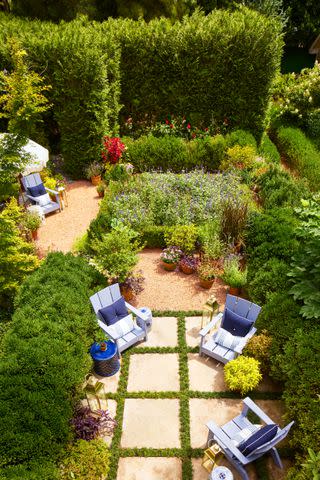
HECTOR MANUEL SANCHEZ; styling by BUFFY HARGETT MILLER
Undefined Edges
Wonky paths and unlined beds can quickly cause your landscape to appear unkempt or make it look like an afterthought. “Keep crisp and clean bed lines,” says Millhouse. “Strong curves and straight lines are key, while unintentional ‘wavy’ bed-lines can look haphazard.”
Related: This Small Alabama Landscape Lives Large
Untrimmed Greenery
Not only is it important to deadhead bloomers, it's also vital to cut back perennials at the right time. “Get your trees beautifully pruned and even consider incorporating some clipped evergreens and architectural plants into the landscape,” says Vater.
Related: The Right Time To Prune Hydrangeas Depends On The Variety
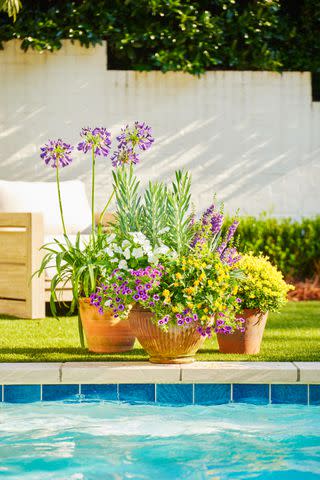
HECTOR MANUEL SANCHEZ; Styling: BUFFY HARGETT MILLER
Tired Containers
Whether on your front porch or scattered throughout the yard, happy containers make for a more inviting atmosphere. “Make sure garden containers do not look tired,” says Millhouse. “Update container plantings with seasonal arrangements.” As spring turns into summer, it might be time to replace those pansies with hardier lantanas.
Related: 117 Of Our Best Container Gardening Ideas
A Hodgepodge of Materials
“If you do a lot of container gardening, try to keep the varying container materials (terracotta, glazed, concrete, plastic, etc.) to a minimum,” says Vater. “Think of them as family members that should look alike and resemble one another for visual harmony.” Too many surface textures and colors can feel disjointed.
Oversize Plantings
Always consider the scale of what you’re planting in proportion to your home and its location. “Don’t use 'Limelight’ hydrangeas when ‘Little Lime' hydrangeas are more size-appropriate,” says Millhouse. “In good conditions, ‘Limelight’ hydrangeas can grow to 8 feet tall, which is too overpowering for a low foundation planting.”
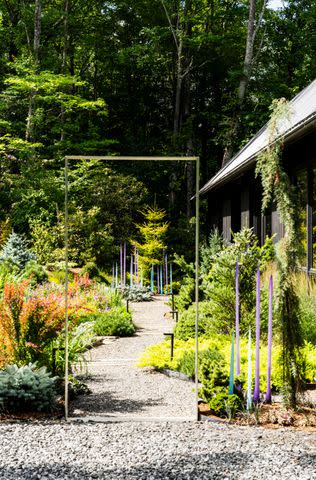
Erin Adams
Loose Gravel
Creating a foundational layer under loose gravel will help it stay in place, while still allowing for a less rigid look than poured concrete or structurally laid stones. “If you are wanting a pea gravel terrace, walkway, or driveway, make sure you have a compacted subgrade [of soil or other materials], otherwise the surface will feel like you are walking on the beach,” cautions Millhouse.
Only Planting Blooming Species
It’s important to establish an evergreen base for your landscape to avoid dead periods when your plants aren’t flowering. “Not everything necessarily needs to bloom,” says Millhouse. “Think through adding varying shades of green and different textures.”
Related: 25 Easy Evergreen Shrubs To Use As Foundation Plants
Unkempt Beds
There’s a difference between messy landscaping and embracing a natural landscape. You can maintain a more laid-back feel with a lazy lawn while still keeping it neat. “Even if you’re growing nothing but native [plants] and wildflowers, keep edges tidy, paths cleared and easily navigable, and garden spaces well groomed,” advises Vater.
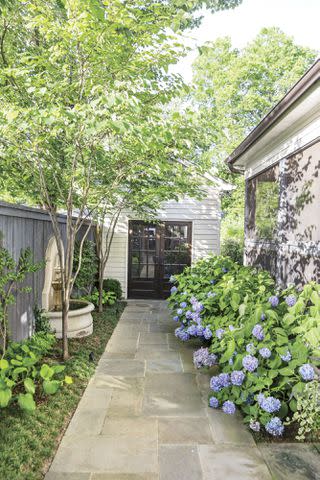
Planting Too Small
“Too many small planters can look pretty, but aren’t nearly dramatic enough,” says Vater. “They need constant watering and often blow over, contributing to a cluttered appearance for the garden overall.” Instead, the gardener suggests thinking a little bigger. “Go large in your potted gardens."
Too Much Variety
While it’s important to add layers to your landscape, not everything needs to be different. Consider designating certain spaces to specific plants. “Masses of one color and a single type of plant can be far more effective and attractive than a hodgepodge of many different colors and varieties,” notes Vater. “Too many varieties of almost anything makes it difficult for the eye to know where to rest, and makes the overall appearance messy and cluttered looking.”
Related: 10 Landscaping Trends To Watch In 2024
Mismatched Decor
Not everything needs to be on display, especially if they evoke conflicting styles. “Don’t have too many mismatched garden tchotchkes,” cautions Vater. “Garden ornaments should be carefully and thoughtfully positioned, be of a scale and design that is appropriate to the garden itself, and not scattered willy-nilly throughout the space.”
For more Southern Living news, make sure to sign up for our newsletter!
Read the original article on Southern Living.

